
Aphodiinae is a subfamily of the scarab beetle family, Scarabaeidae. Members of this subfamily are known commonly as the small dung beetles and many, but not all, are dung beetles. These beetles are found worldwide.
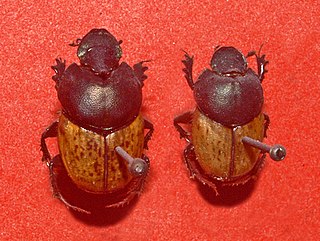
Onthophagus vacca is a species of dung beetles in the Onthophagini tribe of the wider scarab beetle family, Scarabaeidae.

Teuchestes fossor is a species of dung beetle native to the Palaearctic, but is also widespread in North America following accidental introduction and naturalisation during European settlement. Both adults and larvae are coprophagous, differentiating resource use by respectively feeding on the liquid and fibrous fractions of herbivore dung. It can be readily collected from the dung of livestock, and other large mammals This species is known to support a number of key ecosystem services in cattle pastures.

Bodiloides ictericus is a species of dung beetle in the family Scarabaeidae, found in the Palearctic. It is one of more than 50 species in the genus Bodiloides.
Xeropsamobeus asellus is a species of aphodiine dung beetle in the family Scarabaeidae. It is found in the United States and Mexico, although other sources consider it endemic to Texas.
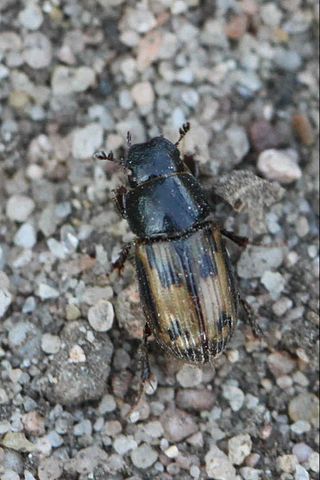
Aphodiini is a tribe of aphodiine dung beetles in the family Scarabaeidae. There are more than 250 genera and 2,200 described species in Aphodiini.

Labarrus is a genus of scarab beetles in the family Scarabaeidae. There are more than 20 described species in Labarrus, found worldwide.
Odontolytes is a genus of aphodiine dung beetles in the family Scarabaeidae. There are about 19 described species in Odontolytes.

Acrossus is a genus of scarab beetles in the family Scarabaeidae. There are more than 40 described species in Acrossus, found in Asia, Europe, Africa, and the Americas.

Chilothorax is a genus of scarab beetles in the family Scarabaeidae. There are more than 60 described species in Chilothorax, found in Europe, Asia, Africa, and North America.

Agoliinus is a genus of beetles belonging to the family Scarabaeidae.

Ammoecius is a genus of scarab beetles in the family Scarabaeidae. There are at least 20 described species in Ammoecius, found in Europe, Asia, and Africa.

Liothorax is a genus of beetles belonging to the subfamily Aphodiinae.
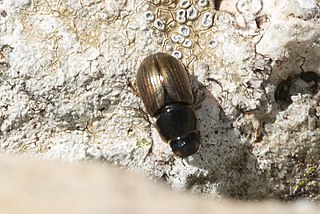
Melinopterus is a genus of scarab beetles in the family Scarabaeidae. There are more than 20 described species in Melinopterus.

Teuchestes is a genus of scarab beetles in the family Scarabaeidae. There are about 10 described species in Teuchestes, found worldwide.
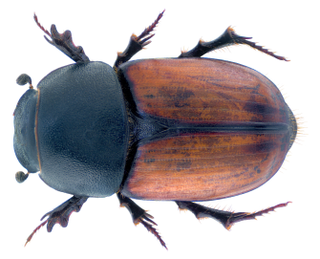
Colobopterus is a genus of scarab beetles in the family Scarabaeidae. There are about six described species in Colobopterus, found in Asia, Europe, and North America.
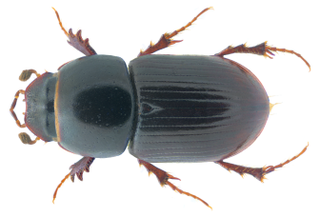
Calamosternus is a genus of scarab beetles in the family Scarabaeidae. There are more than 20 described species in Calamosternus.
Oscarinus is a genus of scarab beetles in the family Scarabaeidae. There are about 19 described species in Oscarinus, found in North, Central, and South America.
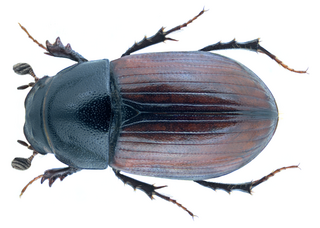
Oromus is a genus of scarab beetles in the family Scarabaeidae. There are at least two described species in Oromus, found in the Palearctic.


















